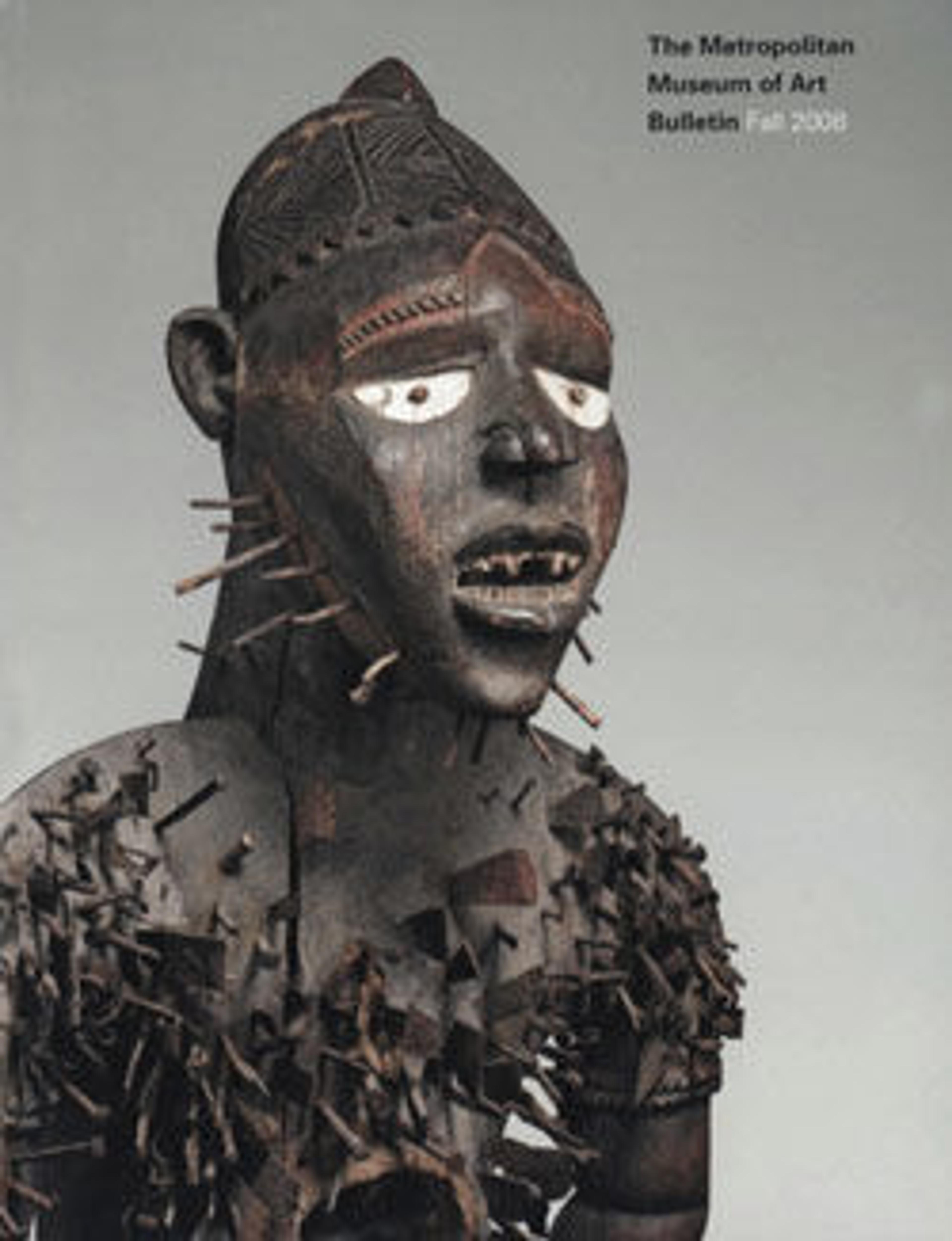Cor Solo
Cors solo, a French invention, are horns built specifically for the use of soloists. They not only are extremely carefully crafted but also have a slightly narrower bore than regular orchestral French horns. Only a few shops, most of them in Lyon and Paris, were able to build excellent, easy-speaking cors solo with refined workmanship and balanced sound qualities. This cor solo, dated 1829, is the earliest known instrument made by Dubois & Couturier, a firm that flourished in Lyon in the 1830s. The style of the ferrules and stays between the sections of tubing was very modern for the time and became generally accepted only in the 1850s. Because in the early nineteenth century literally all solo literature for cors solo was composed in the keys of G, F, E, and E-flat, the horns were built with exchangeable loops just for those keys.
This instrument has been used very little. It survives in a form-fitting case covered with leather and lined with chamois. A metal plaque on the case's lid bears the monogram, MG, of the musician who owned the instrument.
This instrument has been used very little. It survives in a form-fitting case covered with leather and lined with chamois. A metal plaque on the case's lid bears the monogram, MG, of the musician who owned the instrument.
Artwork Details
- Title: Cor Solo
- Maker: Dubois et Couturier
- Date: 1829
- Geography: Lyon, France
- Culture: French
- Medium: Brass, silver
- Dimensions: 25 1/4 × 11 1/4 × 14 1/2 in. (64.1 × 28.6 × 36.8 cm)
Case: 18 1/8 × 24 × 12 in. (46 × 61 × 30.5 cm) - Classification: Aerophone-Lip Vibrated
- Credit Line: Purchase, Robert Alonzo Lehman Bequest, 2008
- Object Number: 2008.136
- Curatorial Department: Musical Instruments
More Artwork
Research Resources
The Met provides unparalleled resources for research and welcomes an international community of students and scholars. The Met's Open Access API is where creators and researchers can connect to the The Met collection. Open Access data and public domain images are available for unrestricted commercial and noncommercial use without permission or fee.
To request images under copyright and other restrictions, please use this Image Request form.
Feedback
We continue to research and examine historical and cultural context for objects in The Met collection. If you have comments or questions about this object record, please contact us using the form below. The Museum looks forward to receiving your comments.
